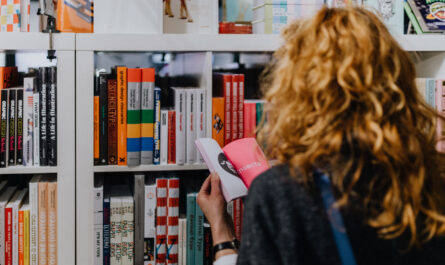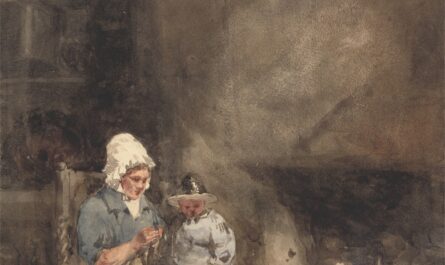“[The laboring man] has no time to be anything other than a machine.” – Henry David Thoreau, Walden
For the past eight years or so, I’ve collected colored glassware in one form or another. I started with buying decorative green pieces at antique booths to liven up my sparse first apartment. The only pieces I had for a while were four tiny bud vases and a massive forest green vase, forever one of my prized possessions. Since then, I’ve worked toward building a rainbow of glass, with beautiful vases and bowls to adorn bookshelves and tabletops, as well as useful pieces like goblets and plates. I love that in the early 20th century, every component of a meal had its own dish. The more I learn about Depression glass and serving ware – the purpose and use for each piece, the more admiration I have for the work and intention that went into meals a century ago. As I shift through my salad plates and wine goblets, I can’t help but think the modern notion of tossing back food as quickly as possible is a far cry from an actual dining experience.
Even growing up, my family often gathered around the dinner table to eat our evening meal and discussed homework or made plans as we ate. When I think about the average American dinner today- eaten in laps or on the coffee table while streaming an episode of Netflix; rarely on a plate, more often out of takeout wrappers and plastic – intention hardly comes to mind. Little is intended there, apart from feeling full. I was reminded during a recent visit with friends, where we ate delicious Greek take-out on beautiful blue stoneware plates as we gathered around their dining room table, that an enjoyable meal actually requires very little. A plate, and some time are the key elements.
You see, the art of dining – the simple act of sitting down with a plate to eat your meal without a screen or phone – is another opportunity to reclaim and elevate the everyday. We’ve contemplated slowing down to notice the trees, the birds, the flowers. We’ve talked about writing, getting outside, moving, and learning every single day. We’ve created healthy habits that take us where we want to go. These aren’t tasks to add to our overflowing to-do lists, but the rituals which actually make our efforts worthwhile (hopefully). A meal our most basic and common ritual. Sitting down to enjoy a meal is one of life’s simple pleasures.
This glass collection inspires me to think more deeply about the ritual of serving food and sitting down to eat it. It motivates me to elevate my routine meals. Thoreau’s machine man clearly parallels our modern reality; rushing through the day from errand to errand, “multi-tasking,” and only half-hearing any incidental conversation along the way. Eat breakfast, lunch, dinner “on the go” (read: in the car), then settle in for your evening by “winding down” with a buzzing phone. Catch a bit of sleep and do it all again tomorrow. We aren’t machines, though, and too often we’re driven by the tiny machines in our hands. Meals aren’t necessary transactions along the way to a destination. Efficiency is not the goal here. (Who ever wanted to eat an efficient meal, anyway? “How was dinner?” “Quite efficient, thank you!”)
The difference between flopping down on the couch, remote in one hand, sandwich in the other; and sitting down to a meal with said sandwich is intention. It’s a small, but significant distinction. Sitting down to eat represents a deliberate pause in your day, perhaps a moment of gratitude before you tuck into your food. It’s a moment of repose, to lounge and idle and reflect on the day’s activities. This intention elevates the act of eating from merely shoveling in fuel to enjoying a meal. It embodies mindfulness. You become present to actually notice the taste of your food and enjoy the conversation (or a book!) meanwhile.
Sometime soon, set aside the time to practice siting down to a meal, not just refueling. The setting isn’t important. It doesn’t matter whether you cook the meal yourself or order in. The food itself doesn’t matter much, although something requiring a fork might make for a richer experience. Put a plate on the table, and put the food on the plate. Store away your phone, tablet, laptop, Nintendo Switch, or whatever device may distract you for a few quiet moments. Enjoy your food, converse with your companions; perhaps read a good book.
Sitting down around that dinner table, as we all tucked into moussaka and lemony potatoes arranged on vintage blue stoneware plates, it struck me just how rare sitting down to a meal has become. Good food and good company help, but the shared intention to enjoy our time together made the meal special.
Which is what it’s really all about.
Illustration: Harper’s August (1898) by Edward Penfield (1866 – 1925). Public Domain.




